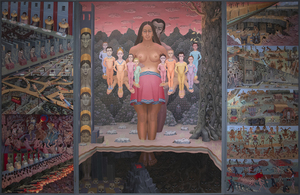Desierto de Palma
Nuestra galería en Palm Desert está ubicada en el centro en el área de Palm Springs de California, adyacente a la popular zona comercial y de restaurantes de El Paseo. Nuestra clientela aprecia nuestra selección de arte postguerra, moderno y contemporáneo. El magnífico clima durante los meses de invierno atrae a visitantes de todo el mundo a ver nuestro hermoso desierto, y pasar por nuestra galería. El paisaje montañoso del desierto en el exterior ofrece el telón de fondo panorámico perfecto para la fiesta visual que le espera en su interior.
45188 Avenida Portola
Palm Desert, CA 92260
(760) 346-8926
Horario:
De lunes a sábado: 9.00 a 17.00 horas
Exposiciones
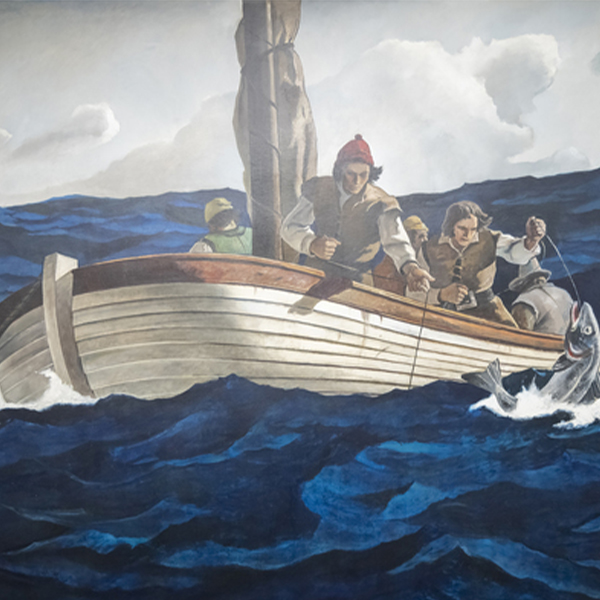
ARCHIVO
El encuentro con la vida: N.C. Wyeth y los murales de MetLife

ARCHIVO
Alexander Calder: Dando forma a un universo primario

ARCHIVO
La sangre de tu corazón: Intersecciones del arte y la literatura

ARCHIVO
Arte del Oeste Americano: Una colección destacada

ARCHIVO
Más a la vida: diálogos impresionistas de Monet y más allá

ARCHIVO
Una época hermosa: el arte americano en la Edad Dorada

ARCHIVO
Georgia O'Keeffe y Marsden Hartley: Mentes modernas

ARCHIVO
Expresionismo abstracto: Las mujeres persistentes
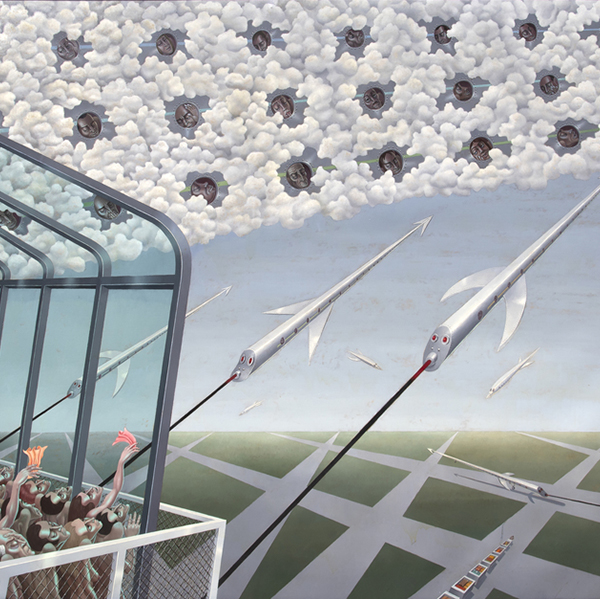
ARCHIVO
Modernismo judío Parte 2: Figuración de Chagall a Norman

ARCHIVO
Vincent van Gogh y los grandes impresionistas del Grand Boulevard

ARCHIVO
Ferrari y Futuristas: Una mirada italiana a la velocidad

ARCHIVO
Maestros del Impresionismo y del Arte Moderno
OBRA DE ARTE A LA VISTA
EN LAS NOTICIAS
SERVICIOS
Heather James Fine Art ofrece una amplia gama de servicios basados en el cliente que se adaptan a sus necesidades específicas de coleccionismo de arte. Nuestro equipo de operaciones está formado por gestores profesionales de arte, un departamento de registro completo y un equipo logístico con amplia experiencia en el transporte, instalación y gestión de colecciones de arte. Con servicio de guante blanco y atención personalizada, nuestro equipo hace todo lo posible para garantizar servicios artísticos excepcionales para nuestros clientes.







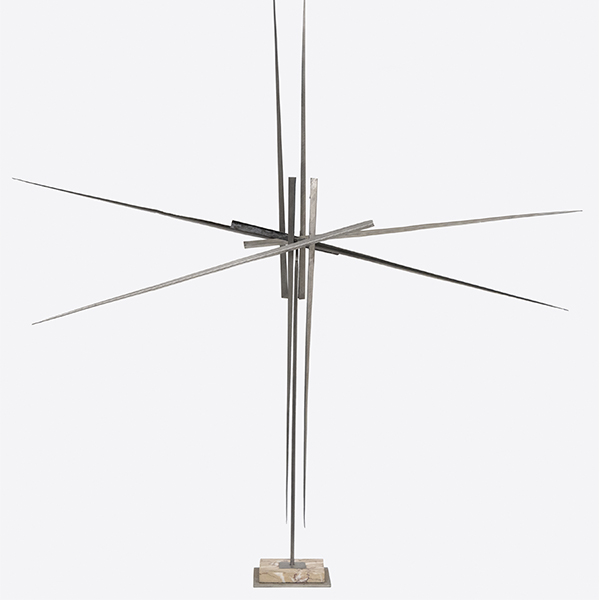



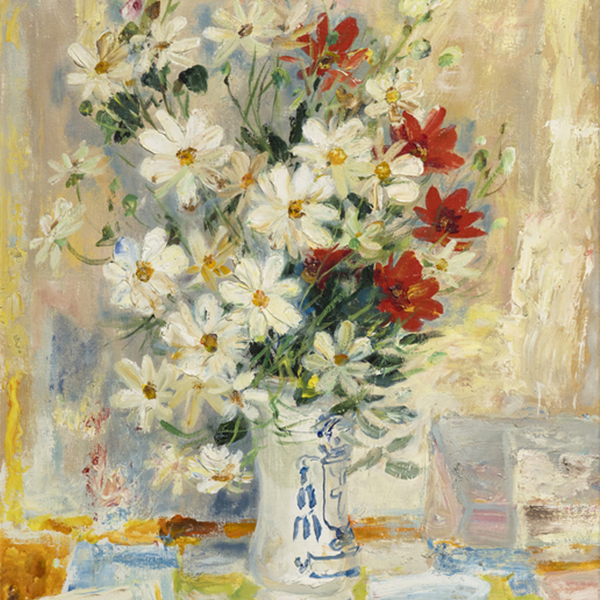







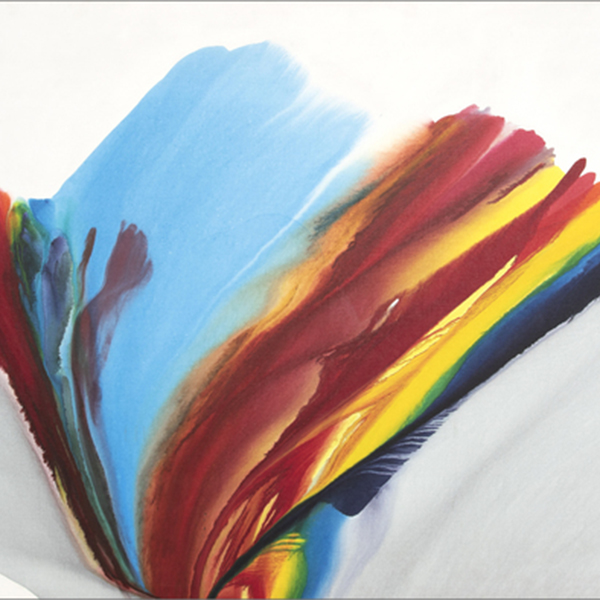
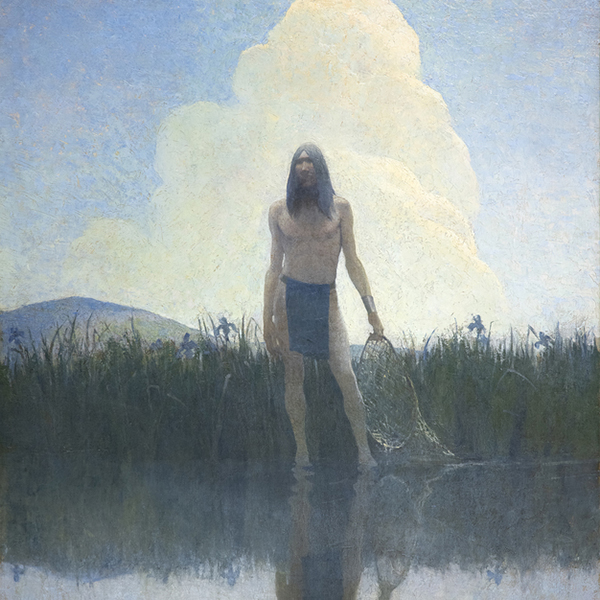









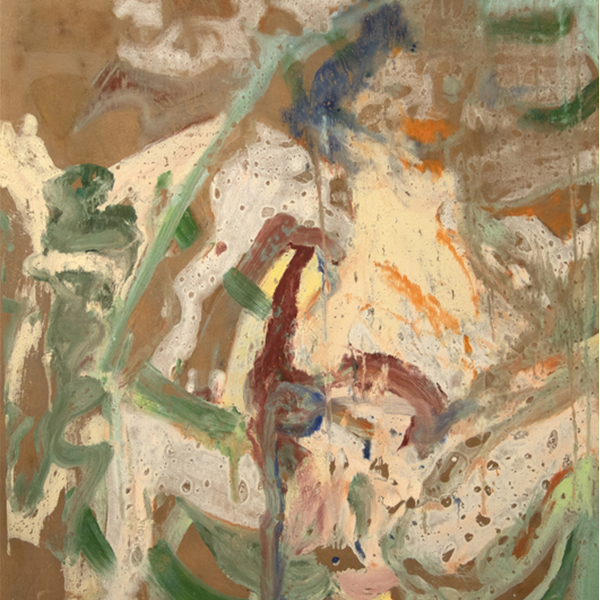









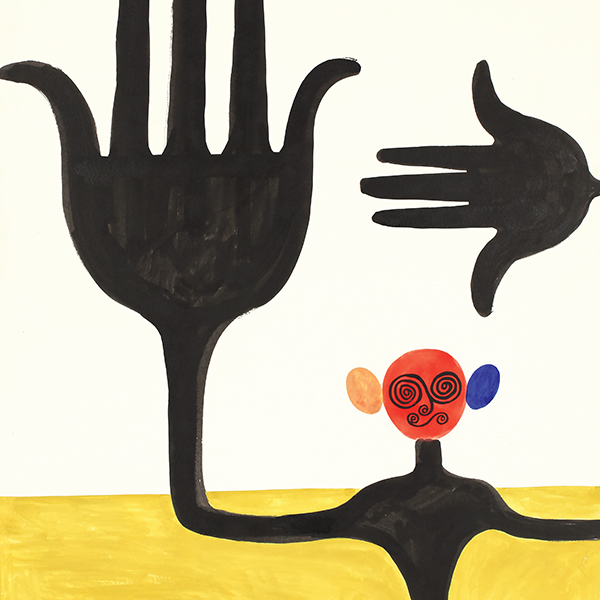


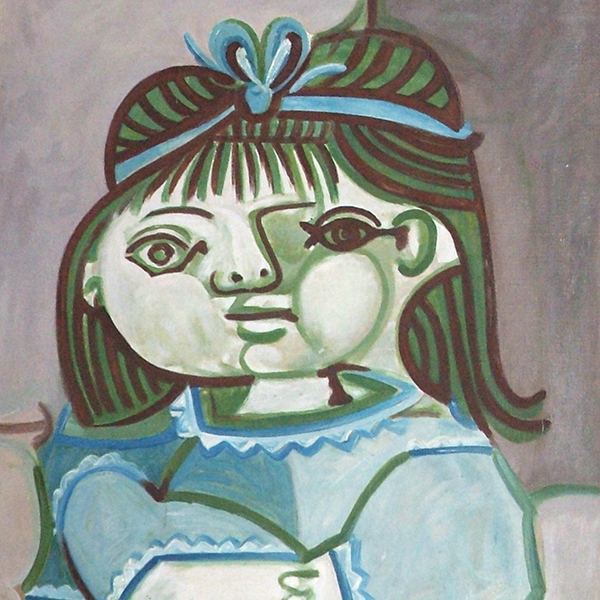
_tn27843.jpg )
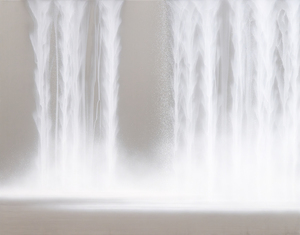

_tn46214.jpg )
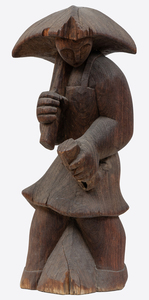



_tn39239.jpg )



_tn28596.jpg )




_tn47033.jpg )






_tn16764.b.jpg )
_tn40803.jpg )






























_tn47012.jpg )

,_new_mexico_tn40147.jpg )



_tn43950.jpg )






